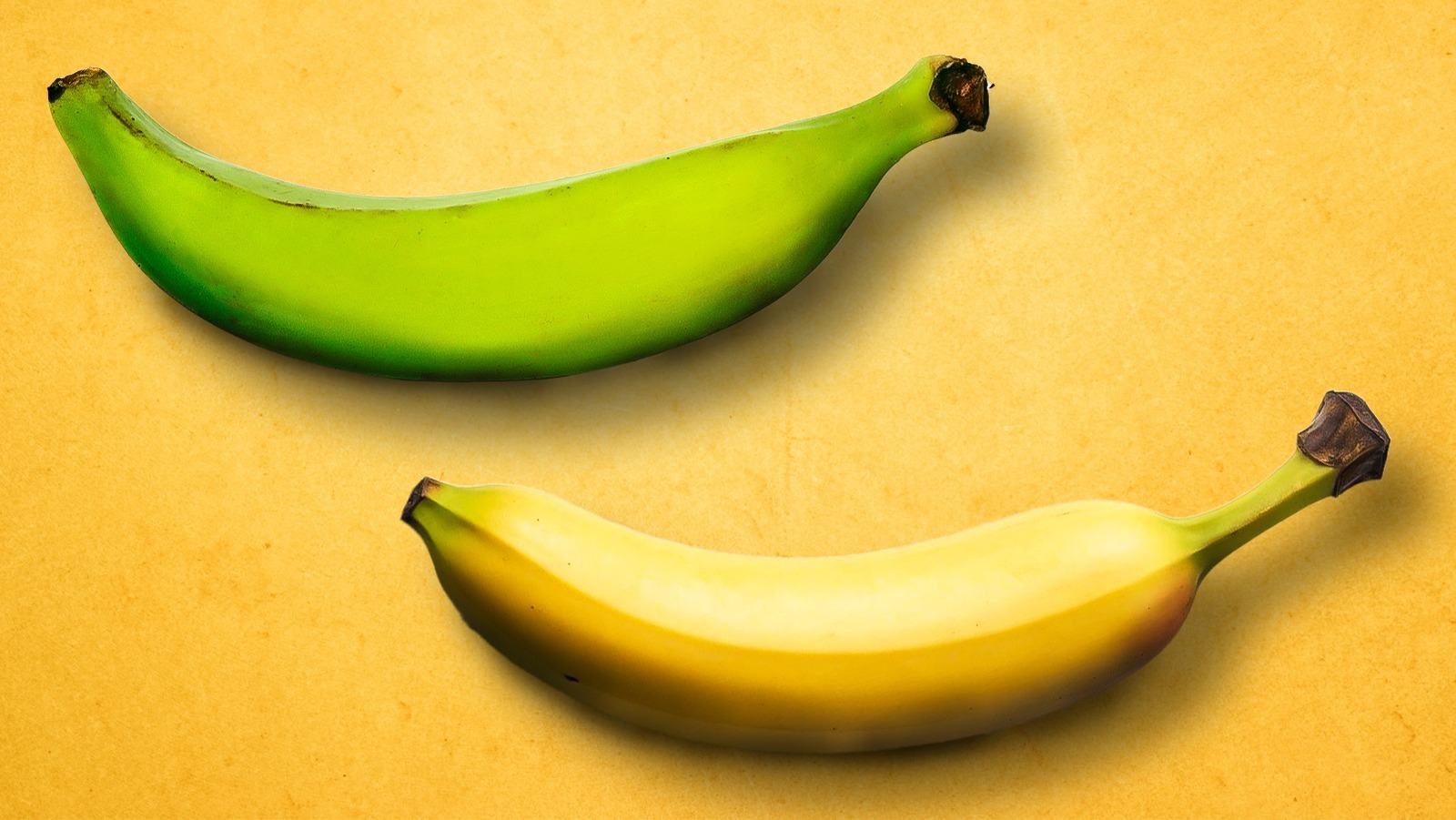
"Bananas and plantains are very closely related, both belonging to the Musa genus, but they differ mainly in culinary use rather than species classification."
"Plantains are typically larger and have thicker skin, higher starch content, and need to be cooked, while dessert bananas are sweeter and eaten raw."
"Cavendish bananas, the most common cultivar found in grocery stores, are clones and seedless, which results in their uniform appearance and taste."
"Although there are thousands of banana varieties, commercial bananas are primarily the Cavendish, and their propagation by cuttings has led to uniformity."
Bananas and plantains are both elongated fruits in the Musa genus, distinguished by culinary use rather than species. In the U.S., bananas are primarily eaten raw as dessert, while plantains are higher in starch and typically need cooking. The Cavendish banana is the most common cultivar, known for its uniformity as it is grown from cuttings and is seedless. Commercial bananas are clones, leading to consistent appearance and taste but lack genetic diversity. There are various banana types globally, though the article focuses on what is generally found in U.S. grocery stores.
Read at Tasting Table
Unable to calculate read time
Collection
[
|
...
]